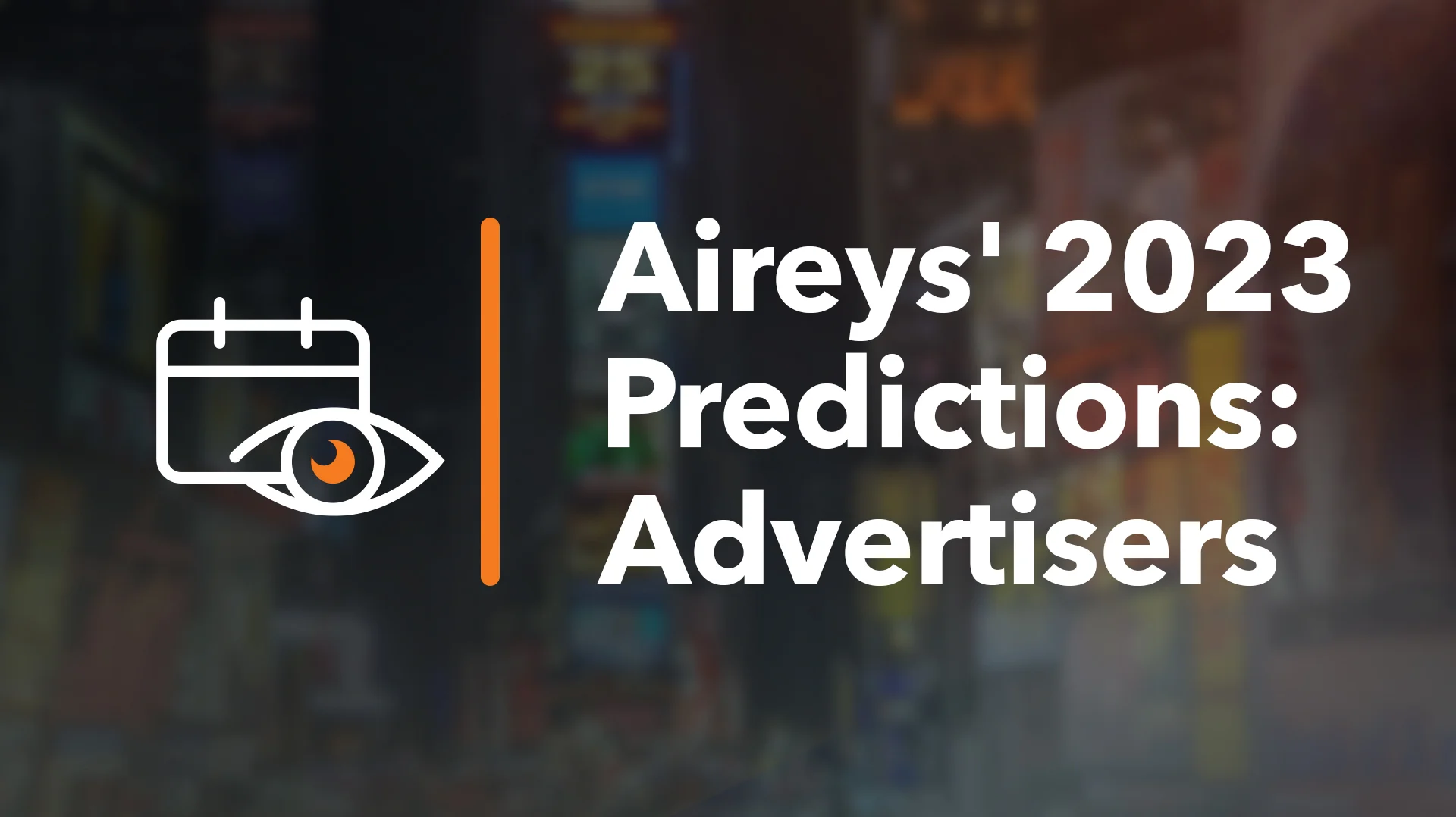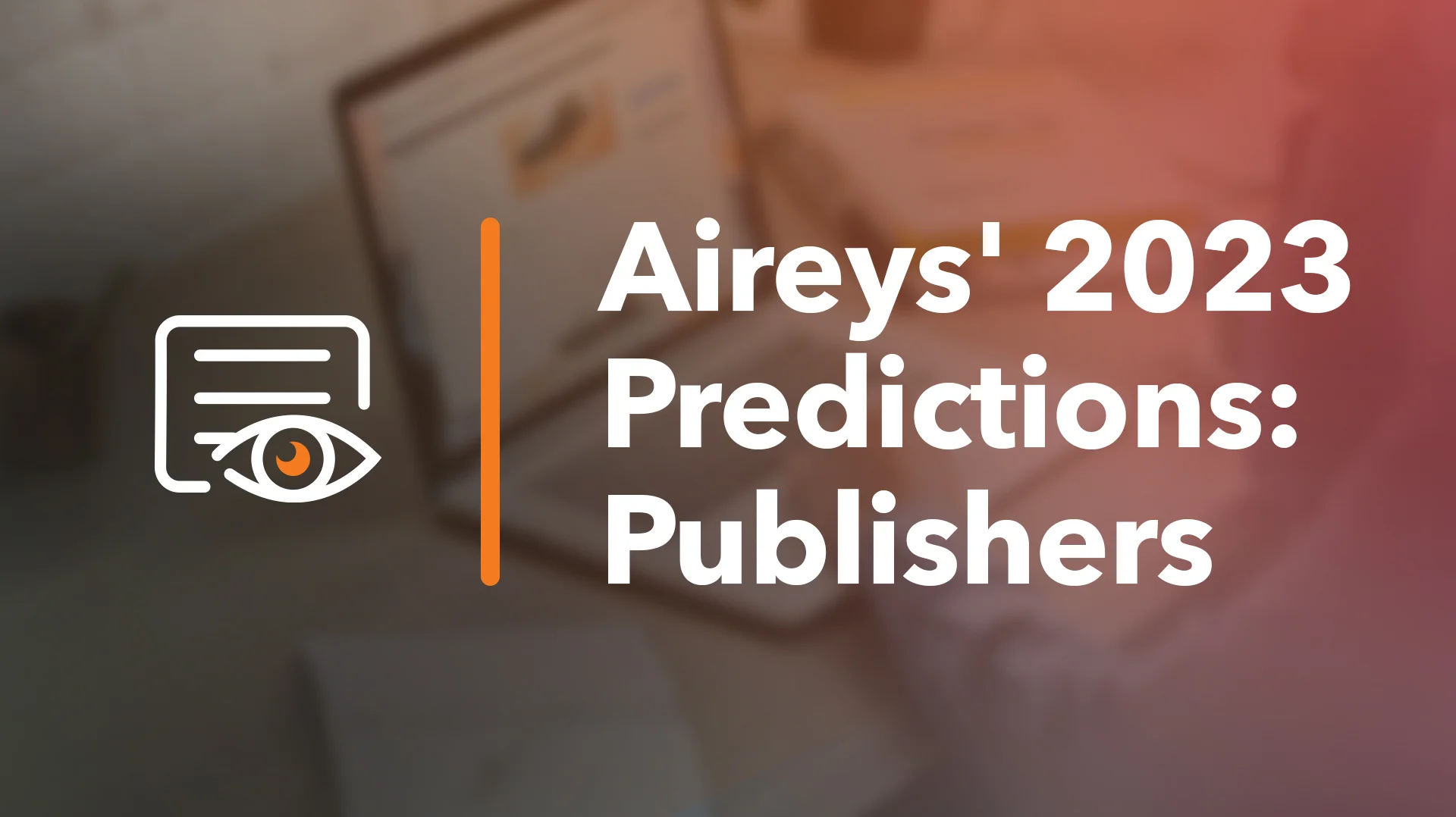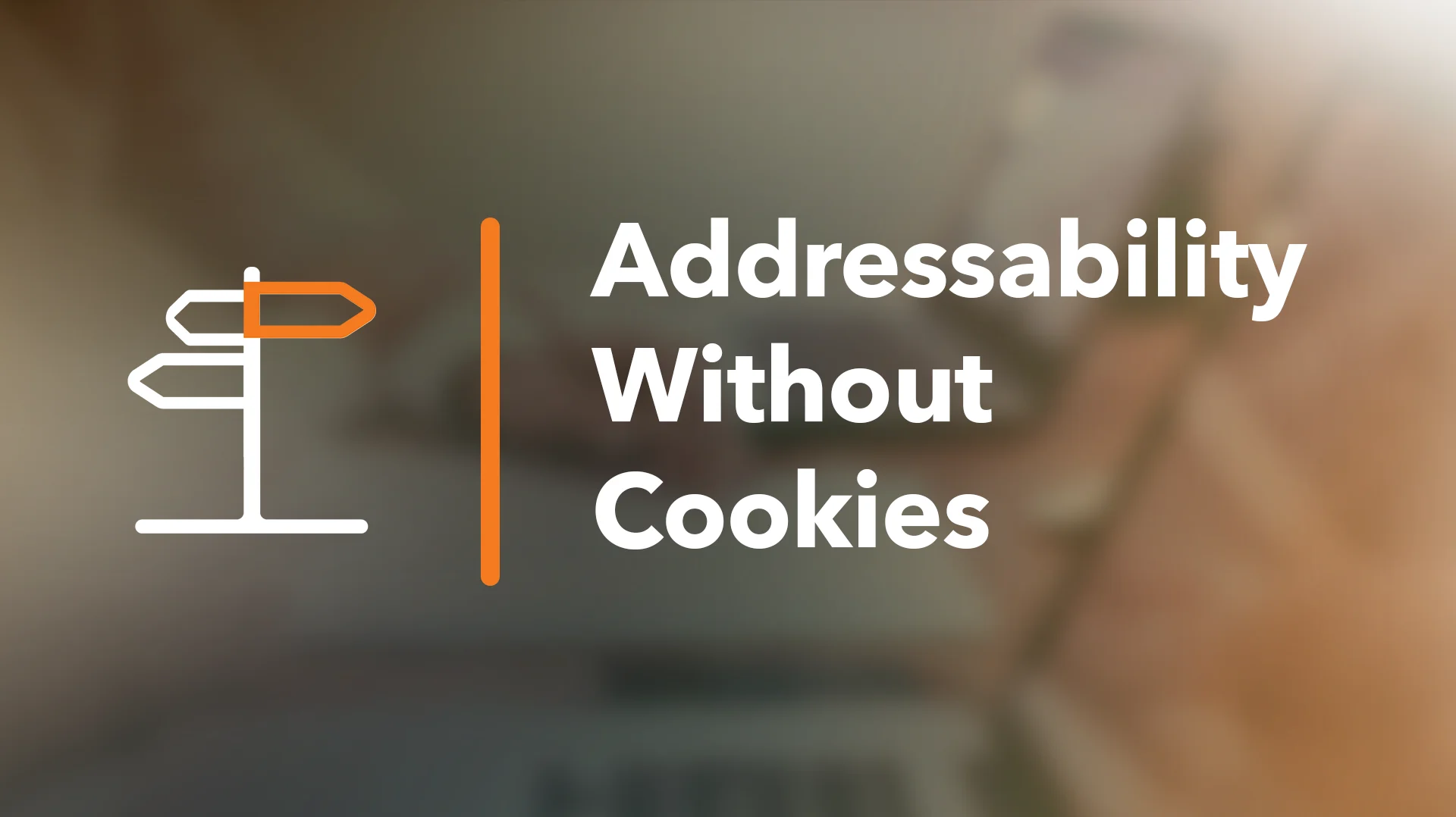Predictions can be challenging, especially in a rapidly evolving industry like AdTech, not to mention the unpredictability of the economy. However, even in this dynamic landscape, it’s possible to identify trends that will likely play a significant role in our industry in 2023.
Why it matters — For advertisers looking to stay on top of the trends, we’ll outline some top areas to focus on in the coming year — from AI to privacy and everything in between.
Centralized Privacy UX
Transparency expectations will continue to drive the need for privacy-centric user experiences. This is an opportunity for companies to create a dialogue with their customers and better engage them about the kinds of advertising they want.
By turning the conversation about ads and privacy into valuable features for consumers (instead of simply solving for privacy legislation), companies can create closer relationships with their customers, better earn their trust and increase overall brand engagement.
This involves companies reviewing all aspects of the privacy UX — notices, cookie policies, consent management, and data subject rights requests handling — to ensure high levels of transparency, easy to use controls and to highlight the value exchange of ads that are tailored to users’ interests funding free to access digital services. At the same time, they can capture consumer preferences related to product preferences, product discovery, and ads from the company.
This year, Gartner predicts that 30% of consumer-facing organizations will offer a self-service transparency portal to provide preference and consent management. Creating this kind of consumer-centric experience will provide opportunities for consumers to better understand the value of the relationship they create with a company by providing their data.
AI on the Rise
Specifically, machine learning and AI will be necessary to extend campaign reach on the open web when third-party cookies are gone for good. This will likely impact more than half of all ad requests today, including those from Safari, Firefox, and web view, even before Google removes third-party cookies from Chrome.
While consumers provide significant amounts of information to brands they love, consumers usually give less information to publishers. As a result, ID solutions and 1:1 ID matches with publishers will have limited scale. Machine learning will enable advertisers to expand their reach to the audiences they want to connect with, even when an ID match is unavailable.
Ad Personalization
Simply put, ads are more effective when relevant to the consumer. In a digital ecosystem reliant on first-party data, new solutions to create effective ads that reach the right audience at the right time will be a primary focus next year and in years to come.
Google delayed the end of third-party cookies again. Initially planned for Q2 2022, then deferred to 2023, and shelved until 2024, it will push the industry into the first-party data era. First-party data from publishers and advertisers will replace data from third-party cookies and vendors.
As such, the digital marketing ecosystem must agree on and implement a portfolio of solutions based on first-party infrastructure and transparent consent mechanisms for capturing and sharing data.
SSPs and DSPs must innovate with new technology to preserve first-party data privacy while leveraging digital advertising. It’s increasingly clear that there are new ways of targeting digital ads that better protect individuals’ privacy rights. The future will focus on private matching, cohorts, and aggregations to enable targeted digital advertising and measurement while protecting advertisers, publishers, and consumers’ data. SSPs and DSPs capable of securely processing bid requests with first-party data will emerge triumphant and command a more significant market share.
Convergence of SSP and DSP
New ways to execute ad campaigns without third-party cookies or mobile identifiers will emerge through the convergence of the SSP and DSP roles. However, it’s likely to be more of a shift in how publishers and advertisers engage with the AdTech ecosystem than disintermediation. SSPs and DSPs can play to their strengths to continue delivering value to the market, and publishers and advertisers should be open to working with new partners to achieve their goals.
Notably, SSPs maintain the most vital relationships with publishers and provide the most significant scaled footprint for advertisers to show ads across multiple publishers. DSPs maintain the most robust relationships with advertisers and support their advertising goals with tooling and process support. This isn’t likely to change, but data system changes will require advertisers to work more closely with SSPs and publishers to work more closely with DSPs to execute digital advertising.
Ultimately, use cases once fulfilled by a DSP will also be fulfilled by SSPs and vice versa. Very soon, to target first-party data-enabled inventory, advertisers will need to work directly with SSPs who have the most access to publisher first-party data and are best positioned to facilitate the match between advertiser and publisher data sets when IDs are not available. Publishers will find value in working directly with DSPs to create unique targeting solutions based on ID matches between advertiser and publisher data sets. Advertisers need to recognize the strengths of SSPs and DSPs and prepare to work with them in new ways to facilitate digital ad delivery based on a shifting data landscape. Advertisers should be focused on getting to know the SSPs in the space and evaluating the solutions they offer to achieve their advertising goals.
The Explosion of OTT and CTVs
In recent years, we’ve seen an explosion in OTT and CTV. With more and more streaming services hitting the market, it’s no surprise that CTV has reached almost 200 million users, diverting consumer attention from linear television. Streaming is garnering the attention of content-hungry viewers. It’s becoming an attractive place for brands to allocate their marketing dollars, specifically programmatic budgets. According to PwC, programmatic TV advertising will make up one-third of all TV ad revenue worldwide by the close of 2022.
Of course, while all these are exciting, we still have to remember the context we’re going into in 2023.
Ending Thoughts — Don’t Spend Less, Spend Smart
A potential recession looms, various macroeconomics are at play, and plenty of cost-cutting will likely be implemented in marketing budgets. However, by prioritizing and knowing what trends to look out for, you can make the most of your marketing efforts in 2023.
Check out 2023 trends for publishers.



